Energy scarcity equates to higher costs of living and lower quality of life. This fundamental equation is being proven in real-time as Russian coal, oil, and gas is deemed persona non grata across the West. Following years of constrained development due to anti-fossil fuel activists, the cost of filling that gap is rising everywhere.
The lobbyists behind the anti-fossil fuel agenda are demanding a domestic gas reserve on Queensland’s LNG industry, claiming it will reduce the cost of electricity.
Already a subscriber? Log in
Subscribe for just $2 a week
Try a month of The Spectator Australia absolutely free and without commitment. Not only that but – if you choose to continue – you’ll pay just $2 a week for your first year.
- Unlimited access to spectator.com.au and app
- The weekly edition on the Spectator Australia app
- Spectator podcasts and newsletters
- Full access to spectator.co.uk

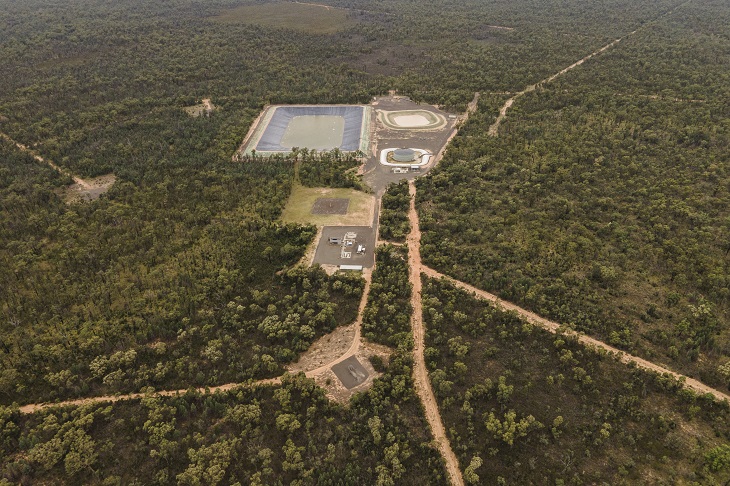
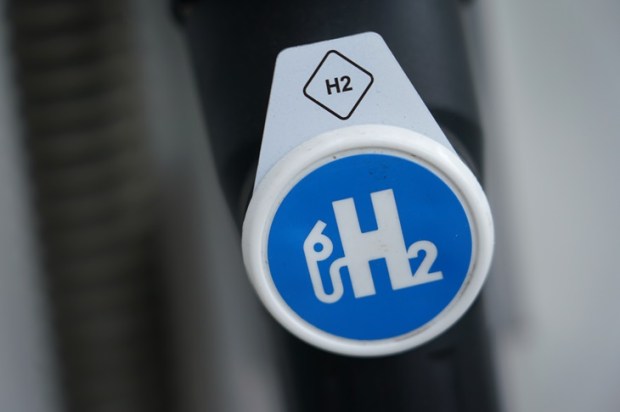

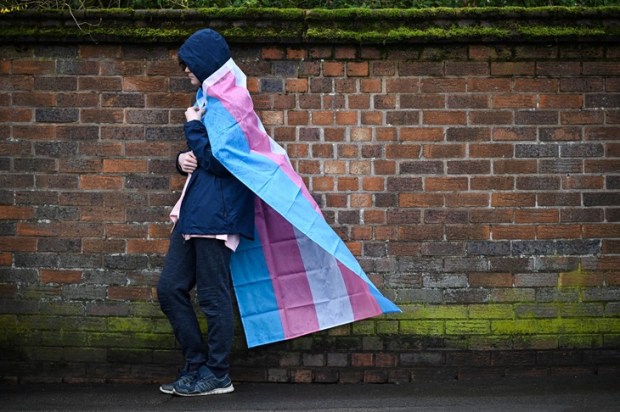
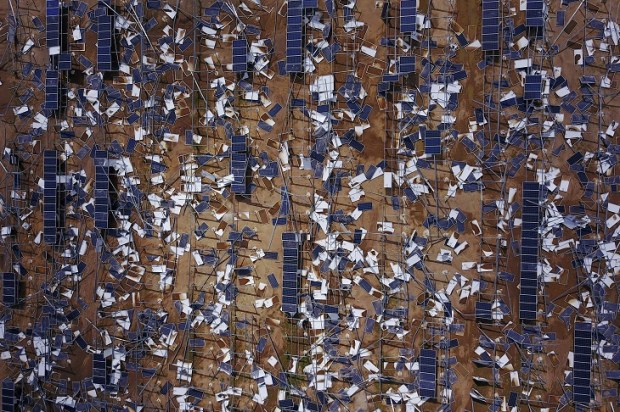
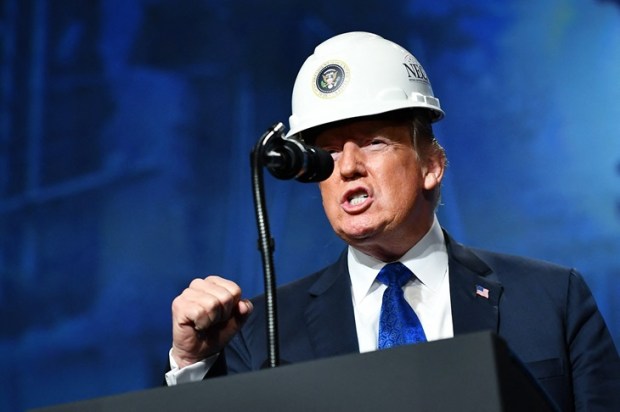



















Comments
Don't miss out
Join the conversation with other Spectator Australia readers. Subscribe to leave a comment.
SUBSCRIBEAlready a subscriber? Log in